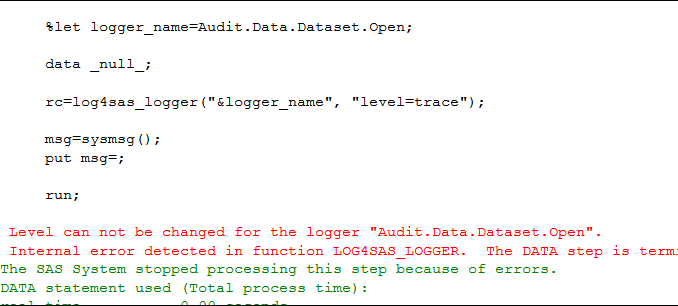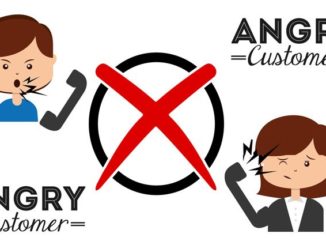
As the data analytics industry has evolved over the years, so has the syllabus in courses related to the industry in universities. However, the challenge that always faces young or even seasoned professionals is that where they might place their next bets in terms of training as there are always so many choices that are being discussed simultaneously. Among most choices, the tools Audit Command Language and SAS are a regular feature. This implies that experience with these tools should be present on any professional’s profile in order to lend any credibility.
Nevertheless, which of these should be stressed on is somewhat unclear as both are rarely implemented together. Listed below are the most prominent differences between these tools to understand the factors that would lead a company or a professional to make their choices:
1. Interface – The Audit Command Language is primarily a GUI based and targeted to towards end-users without a strong technical background i.e. auditors and accounting professionals. SAS on the other hand is designed in such way that most operations would be performed by writing appropriate scripts. Users of the SAS tool are expected to be familiar with concepts of data querying and manipulation.
2. Performance – ACL Audit Command Language is not known for performance when working with large data sets. As a matter of fact, according to some estimates, data lines beyond 10-15 million records start pushing ACL to its limit compared to SAS on an equally powerful machine.
3. Scale of Implementation – Since ACL is intended to be used by users who are not technical in nature, it can be scaled quite easily from the local desktop to a server environment. In the case of SAS software, depending on the software i.e. BASE or Enterprise Guide, connection to a server is mandatory. This implies that investment in SAS can be quite significant as the choice of packages within SAS also has to be considered.
It must also be pointed out that they both allow users to perform all the basic functions required for data analytics professionals. Given these differences, it would be fair to say that both tools have their merits and downfalls. However, when it comes down to making a choice, firms and professionals have to consider things like scope of projects to understand the ROI factor. For instance, it would be fair assume that a project which is to last only for a week, could be catered by Audit Command Language scripts and for projects with longer timeframes and larger data sets would choose SAS. These differences are equally valid for professionals looking to train on these tools. So choose wisely.
Proudly WWW.PONIREVO.COM



